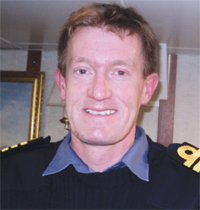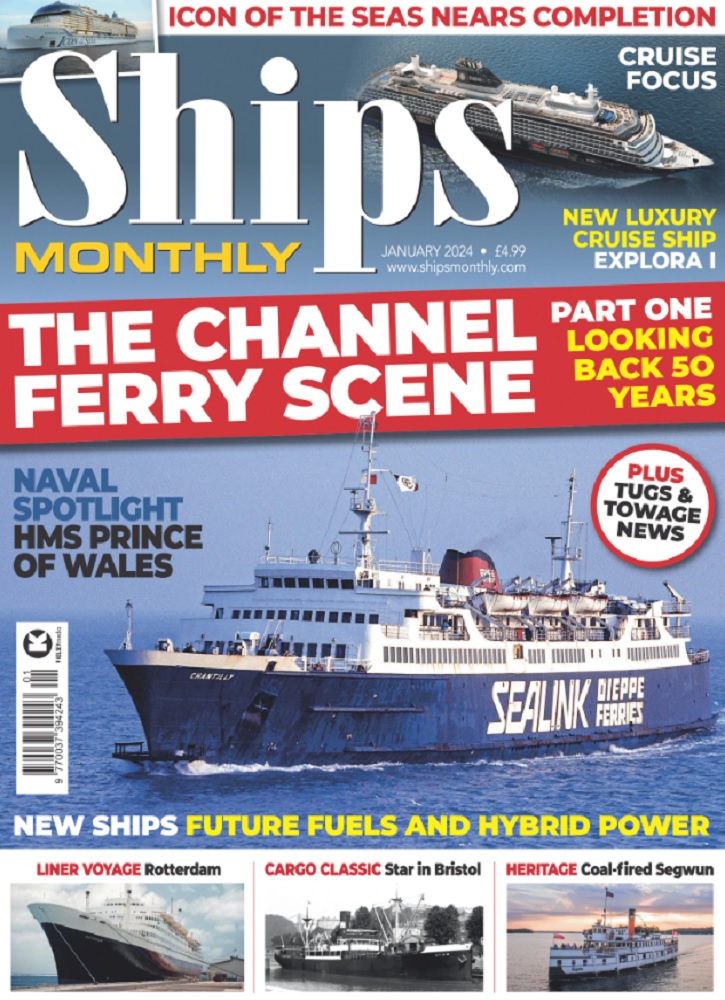Captain Morley joined the Royal Navy’s Amphibious Command Platform HMS Albion in September 2010 just ahead of the Government’s Strategic Defence and Security Review. He talked to Patrick Boniface about his career and his command, which has since been placed in extended reserve.
When did you join the Royal Navy?I joined the Royal Navy as a Warfare Officer in 1988 and served on board the Type 42 destroyer Newcastle, the aircraft carrier Invincible and the patrol vessel HMS Starling, which was based at Hong Kong. My first command was the mine countermeasures vessel HMS Dulverton, which served off Northern Ireland between 1997 and 1999. After a number of staff posts, I was promoted to Commander in 2003 and took command of the Type 23 frigate HMS Lancaster for two years until 2006. When promoted to Captain, I took command of HMS Albion.
What is so special about HMSAlbion? The unique aspect of this ship and her amphibious capability is that you operate across a much wider spectrum than just fighting your way across a beach. Walking around the ship shows you she is not huge or massively glamorous, but rather she is big and basic, with lots of vehicles and plenty of capability, all of which is delivered at little cost. It’s the equivalent of a Volvo Estate or Bedford van for the Navy, rather than a Bugatti Veyron. It’s the kind of thing that everyone wants, because you can move your family around in it, move home in it, tow a caravan with you and so on.

How does Albion fit in with the rest of the Royal Navy?In the future, only one of the two ships in the class will be in operational service, with HMS Albion and HMS Bulwark being rotated as the in service ship.
The Royal Navy is heavily committed in Afghanistan. What is HMS Albion’s role?3 Commando brigade is going to provide a major part of our fighting troops in Afghanistan this year. That will include non-marines as well, such as medics, drivers and logistic staff, so we’re putting hundreds of extra people into Afghanistan. It is a very Navy-heavy force, as it has been in the past. The Navy is, on average, filling one in four of the jobs. Another point which is worth mentioning is that there is always somehow the perception that it is a land campaign being fought by the Army, when actually all three services are totally focussed on Afghanistan. Interestingly, 25 per cent of the ship’s company have served on the ground and half have served in both. HMS Albion is designed to operate anywhere in the world. Are you looking forward to testing the vessel and the ship’s company around the globe?You need to operate at the extremes of temperature in just the same way as we need to get Royal Marines used to operating in the Arctic, and the skills they use there are just as good, just as important and just as useful for fighting in Afghanistan as fighting in sub-zero temperatures. In the same way, if you can operate in the Middle East in summer, you can operate in the South China Sea in the winter, when the conditions are at their harshest. Defence calls it the ‘core regions’, but effectively it’s where we envisage activity, the expected ‘hot spots’ of the world, where strategic analysis indicates where we are most likely going to have to fight. That’s not to say the Middle East or the Horn of Africa, or the West Indies or the South Atlantic, but the reality is that there are areas in the world where we are most focussed. What is the future programme for HMS Albion?Our programme in the next year or so will continue the process of validating our capabilities to ensure that we are genuinely ready to fight. We will be deploying to the Middle East for four months and will take part in regional activity to engage with our partners in the region in a positive sense, to reassure and maintain interoperability with our allies, and to ensure that this ship is ready to operate in what is probably the harshest environment possible.


